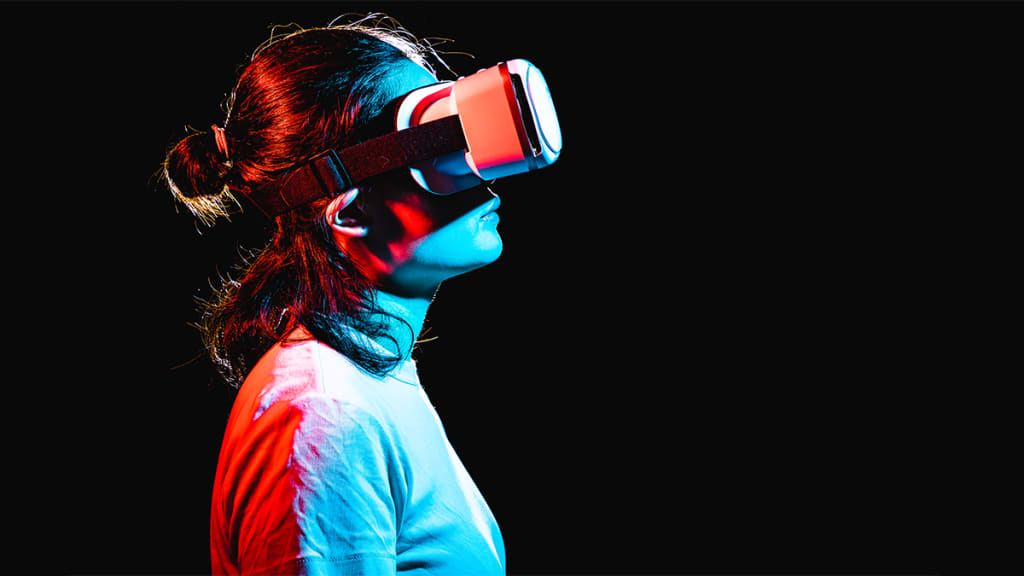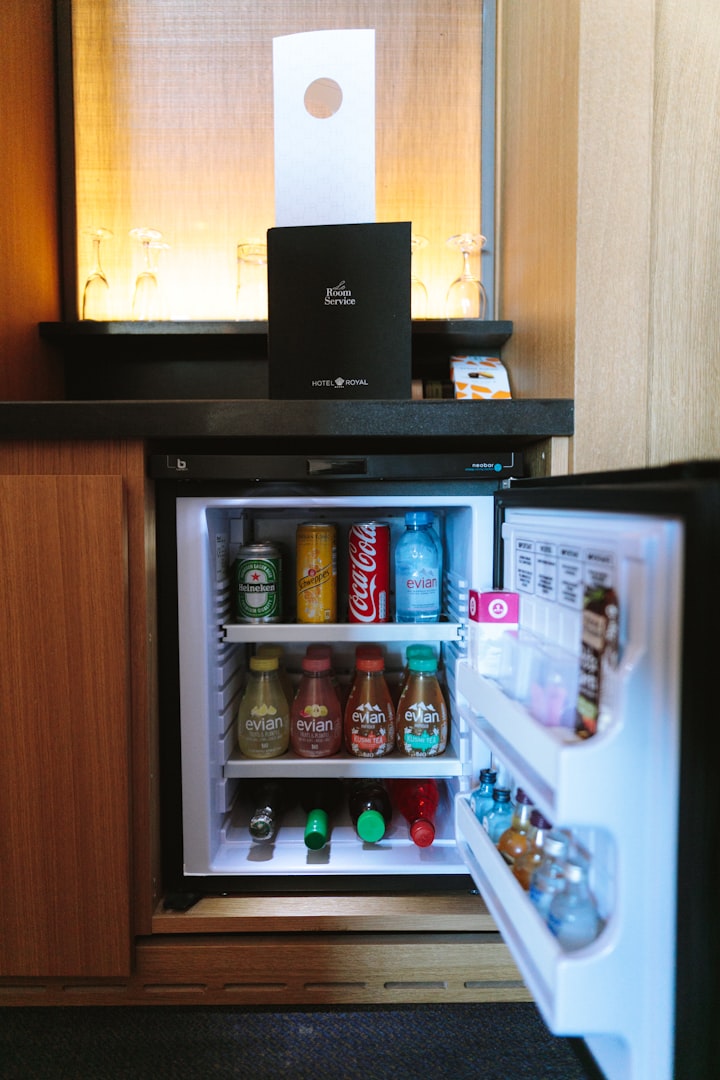Stepping into a New Reality:
Exploring the Latest Advances and Limitless Possibilities of VR Technology

Virtual Reality (VR) technology has been one of the most exciting and transformative advancements in recent years. It allows users to experience immersive and interactive digital environments that simulate real-world experiences, providing a completely new way of interacting with digital content. In this article, we will explore some of the latest and most exciting developments in VR technology and how they are changing the way we live, work and play.
What is Virtual Reality (VR)? Virtual Reality is a technology that enables users to experience digital environments as if they were physically present in them. It typically involves wearing a headset that covers the user's eyes and ears, providing a fully immersive experience. VR can be used for various purposes, including gaming, education, training, and entertainment.
How does VR work? VR technology relies on a combination of hardware and software to create an immersive experience. The headset is the most crucial component of VR technology, providing the user with a visual and auditory experience that simulates a virtual environment. The headset is typically equipped with a high-resolution display, built-in headphones, and motion sensors that track the user's movements and adjust the display accordingly.
The software used to create VR experiences is also critical. VR experiences can be created using 3D modeling software and game engines, which provide a virtual environment for the user to explore. The software can also include artificial intelligence (AI) and machine learning algorithms, which can learn from the user's behavior and adapt the experience accordingly.
Advancements in VR Technology Over the past few years, VR technology has made significant advancements, making it more accessible, affordable, and immersive. Some of the latest developments in VR technology include:
Wireless Headsets One of the most significant barriers to VR adoption has been the need for wires, which can be cumbersome and limit the user's movement. Wireless VR headsets, such as the Oculus Quest 2, have eliminated this barrier, allowing users to move around freely and experience a more immersive VR environment.
Eye-tracking Technology Eye-tracking technology allows the VR headset to track the user's eye movements, providing a more natural and intuitive way to interact with the virtual environment. This technology also enables foveated rendering, which adjusts the level of detail based on where the user is looking, improving performance and reducing the processing power required.
Haptic Feedback Haptic feedback technology provides users with a tactile experience, simulating the sense of touch in the virtual environment. This technology can be used to create a more immersive experience by providing users with the sensation of touching objects or feeling the impact of a virtual explosion.
Mixed Reality (MR) Mixed Reality combines elements of VR and Augmented Reality (AR), allowing users to interact with both virtual and real-world environments simultaneously. This technology enables users to see digital content overlaid onto the physical world, providing a new way of interacting with digital information. Mixed Reality is being used in various industries, including healthcare, education, and retail, to provide users with an enhanced experience.
Hand-tracking Technology Hand-tracking technology allows users to interact with the virtual environment using their hands, providing a more natural and intuitive way to interact with digital content. This technology tracks the movement of the user's hands and fingers, allowing them to manipulate objects and interact with the virtual environment without the need for controllers or other devices.
Social VR Social VR enables users to interact with others in a virtual environment, providing a new way of socializing and collaborating. Social VR platforms, such as VRChat and AltspaceVR, allow users to create avatars and interact with others in a virtual environment, providing a new way to connect with people from around the world.
Uses of VR Technology VR technology is being used in various industries, providing a new way to interact with digital content and providing benefits in terms of education, training, and entertainment. Some of the most significant uses of VR technology include:
Gaming and Entertainment VR technology is transforming the gaming and entertainment industry by providing an immersive and interactive experience. VR games allow users to explore virtual worlds and interact with digital content, providing a new level of immersion and interactivity. VR technology is also being used in the entertainment industry to create immersive experiences, such as virtual concerts and events.
Education and Training VR technology is being used in education and training to provide students and employees with a more engaging and interactive learning experience. VR technology can simulate real-world environments, providing users with a safe and controlled environment to practice and improve their skills. VR technology is being used in various fields, including healthcare, aviation, and manufacturing, to provide training for complex tasks and procedures.
Therapy and Rehabilitation VR technology is being used in healthcare to provide therapy and rehabilitation for patients. VR technology can be used to simulate real-world environments, providing patients with a safe and controlled environment to practice and improve their motor skills and cognitive abilities. VR technology is being used to treat various conditions, including anxiety, PTSD, and chronic pain.

VR technology has made significant advancements over the past few years, providing a more immersive and interactive experience. With the development of wireless headsets, eye-tracking technology, haptic feedback, and hand-tracking technology, VR technology is becoming more accessible and affordable, opening up new opportunities for gaming, education, training, and healthcare. Mixed Reality and Social VR are also transforming the way we interact with digital content and each other, providing a new way to collaborate and socialize. As VR technology continues to evolve, we can expect to see even more exciting developments in the years to come.
About the Creator
On stop Tech-News
On stop Tech-News is a tech enthusiast and writer who provides expert analysis and insights to stay up-to-date in the fast-paced world of tech.






Comments
There are no comments for this story
Be the first to respond and start the conversation.